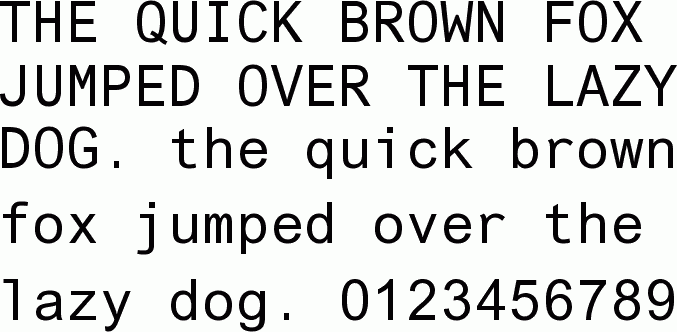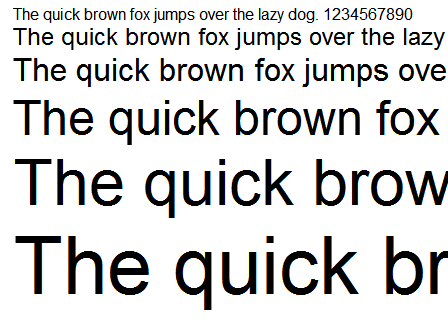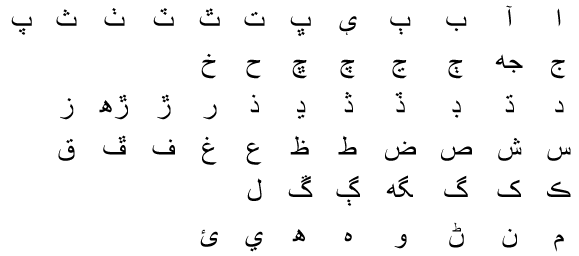

Unicode fonts available online include Noto (Sans Devanagari, Serif Devanagari), FreeSerif, FreeMono, and FreeSans.

Fonts on PCs include Aparajita, Kokila, Mangal, Nirmala UI, Sanskrit Text, and Utsaah.
ARIAL FONT GLYPHS MAC OS X
Devanagari/Hindiįonts included on Macs include Devanagari MT/MTS, ITF Devanagari, Kohinoor Devanagari, Shree Devanagari, and Arial Unicode MS* (on Mac OS X or earlier versions). Unicode fonts available online include Noto and Titus Unicode (which provides accented vowels). Most installed fonts for PCs and Macs accommodate Cyrillic text, such as Arial*, Verdana*, Tahoma*, or Palatino* (Mac OS X). Unicode fonts available online include Noto (Kufi Arabic, Naskh Arabic, Sans Arabic), Gentium, Source Sans Pro, Charis SIL, Junicode, FreeSerif, FreeMono, and FreeSans.

Other fonts that come on PCs include Traditional Arabic, Arabic Transparent, Arabic Typesetting, Aldhabi, Andalus, Sakkal Majalla, Segoe UI, Simplified Arabic, and Tahoma.* Other fonts that come on Macs include Al Bayan, Baghdad, DecoType Naskh, Geeza Pro, Geezah, KufiStandard GK, Nadeem, and Arial Unicode MS* (which is on Mac OS X or earlier versions).
ARIAL FONT GLYPHS PROFESSIONAL
Times New Roman* and Arial* are standard, professional fonts used in print and are legible for beginning Arabic learners. Some fonts are compatible across multiple languages, and fonts with an asterisk (*) after the title are Unicode fonts, meaning they’re versatile and function on different platforms and systems. (For example, Arial is on both systems, but not Lucida Grande.)īelow, I created a list that provides compatible and beginner-friendly fonts for some of the most commonly taught languages at DLS. However, if you will be switching back and forth from a Mac OS to a PC/Windows, the font for your specific language could change depending on which system you’re using and whether that font is on both systems. The advantage of using these pre-installed fonts (as opposed to downloading fonts from online sources) is that you do not have to re-download that font file whenever you switch to a different computer and still want to keep your text in the prescribed font. You can go into your computer’s language settings and activate that other language, and then tap the alt + shift keys to switch between languages and your keyboard will type the characters associated with those keys. It turns out a lot of commonly used standard fonts, like Times New Roman and Arial and Calibri font families, are compatible with many languages, and computers have pre-installed fonts included in their hardware for most languages. So… How do you find Unicode fonts that work for your language? And which fonts are best for new language learners? Google developed a font called Noto that creates even more characters/glyphs-around 65,000-which allows it to support 93 languages.
ARIAL FONT GLYPHS CODE
In comparison, the Unicode version of this font (Arial Unicode MS) has code that can support 38,917 characters and 50,377 glyphs. This font programming system assigns a unique code to every symbol from every language, so that way the symbols are recognized when the text switches to different platforms.įor example, the commonly installed font Arial can support almost four thousand characters and the same number of glyphs with its code. Luckily computer programmers have come up with one solution: Unicode. So, if you’re using a language that isn’t based on that alphabet, what font should you use? The programming for many fonts on American products follows the American Standard Code for Information Interchange, which is based on the Latin alphabet. This occurs when characters aren’t supported by a font’s code. How are you supposed to know what font to use for what language? Have you ever inserted a translation into your document and instead of appearing as text, you have a string of blank boxes or random English characters scattered throughout the foreign text? Writing documents that use both English and other languages can certainly be tricky.


 0 kommentar(er)
0 kommentar(er)
